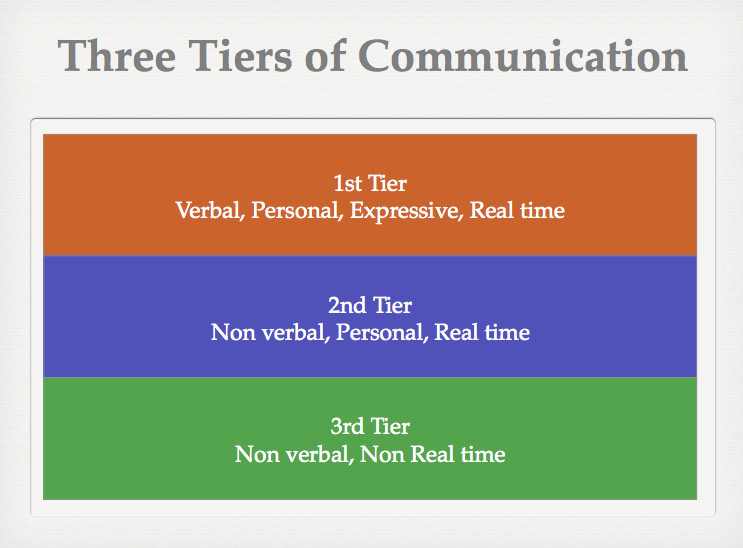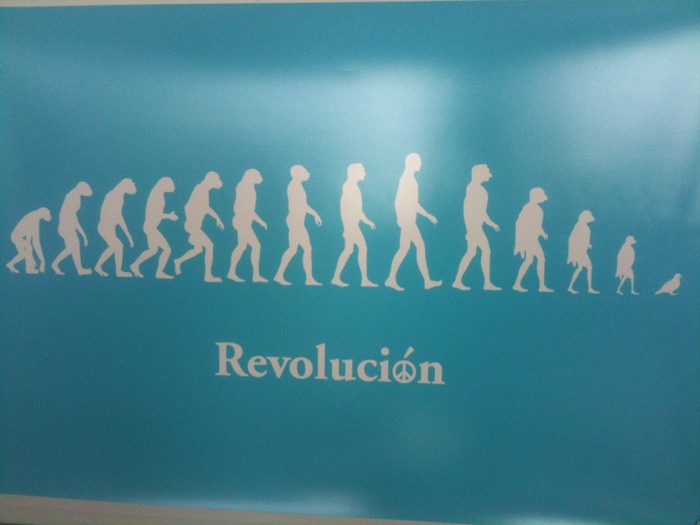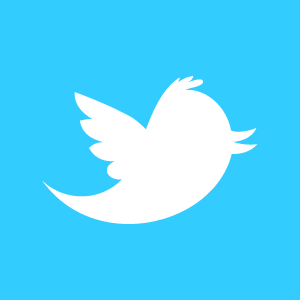Whenever I speak with people on the subject of Twitter I always pick up interesting perspectives. It seems there several groups of people in respect to Twitter. There are those who are on it, have figured out how to use it, and love it. There are those who are on it, but don’t totally get it, but want to be on it anyway to make sure they don’t miss something. And those who just don’t get it and aren’t on the service. For Twitter addressing these later groups who are on it but not fully engaged or don’t get it is a key strategic initiative.
For the group who is on it but not fully engaged, Twitter must advance what is called the on-boarding process. That is moving someone from signup to engagement as quickly as possible. In a short amount of time if people sign up and find no value they may likely not return or engage with the service. Twitter, in essence, has an on boarding process today that is loaded with friction.
Twitter is like Facebook in some ways and not like it in others. It is like Facebook in that the more people you connect with the more interesting and dynamic your stream becomes. But Twitter is unlike Facebook, in that you can’t have too many friends. Facebook becomes less interesting the larger your social network where Twitter becomes more interesting the larger your network.
I’ve been on Twitter since 2008 and the first few years I didn’t get it. I Didn’t use the service much and didn’t invest much time in it. But over time as I followed more sources I trusted, the more engaged I became. Once I learned that the key to Twitter engagement was to follow as many smart people, or trusted sources, or sources of interest possible, the more engaged I became. I found around that once I started following around 500 sources of interest things got interesting. The challenge for Twitter is that this process takes time. I had to manually follow each source. I discovered most the sources from people I followed re-tweeting smart things from other people who I then decided to follow. So it seems to me, the best way for Twitter to get more engaged customers quickly is to speed up the way in which they can follow large sums of people of interest. Here is what I propose.
Twitter should curate a large number of sources related to topics. For example, they could create a tech news category, finance category, or a cooking category, or a cars category, or a celebrity category, etc. Then curate that list with a large number of sources. This way when I sign up, I choose the categories I am interested in and I am instantly following large groups of people curated to make that category interesting. This way, within a few minutes, I could easily have a list of several hundred people or more that I follow. Which would instantly make my stream more interesting.
This process would at least get the ball rolling and then allow consumers to discover new sources of interest from there. Discovery is a key part of the stickiness of any solution and should not get lost in the on-boarding process. This solution allows the customer to sign up and start following large groups of people without having to follow each by hand. Some people just need help getting a head start and this would do the trick.
Given the broadcast medium Twitter has become and how mainstream media and entertainment are using it there will continue to be interest for new customers. The trick is to make on-boarding as easy as possible and I think this might do the trick.







